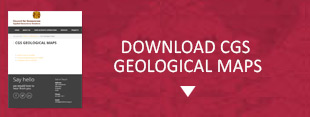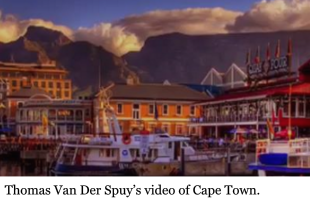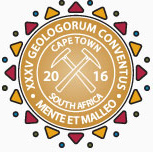
35TH INTERNATIONAL GEOLOGICAL CONGRESS
27 AUGUST - 4 SEPTEMBER 2016 | CAPE TOWN, SOUTH AFRICA
Sponsors
Keystone Sponsor
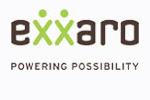

Diamond Sponsor


Gold Sponsor


Silver Sponsor
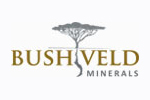


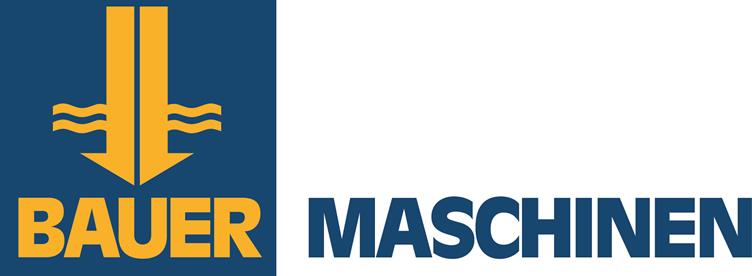




Business Centre Sponsor


Publication Sponsor




Social Function


Plenary Speaker Sponsor


Speaker Gift Sponsor


Post Graduate Fund


Registration


Welcome Drinks
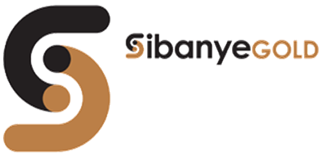

Lunch Time Drinks
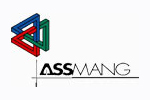

Publication &
35 IGC SAGPGF
35 IGC SAGPGF

35 IGC SAGPGF




MY IGC APP


Symposium Sponsor

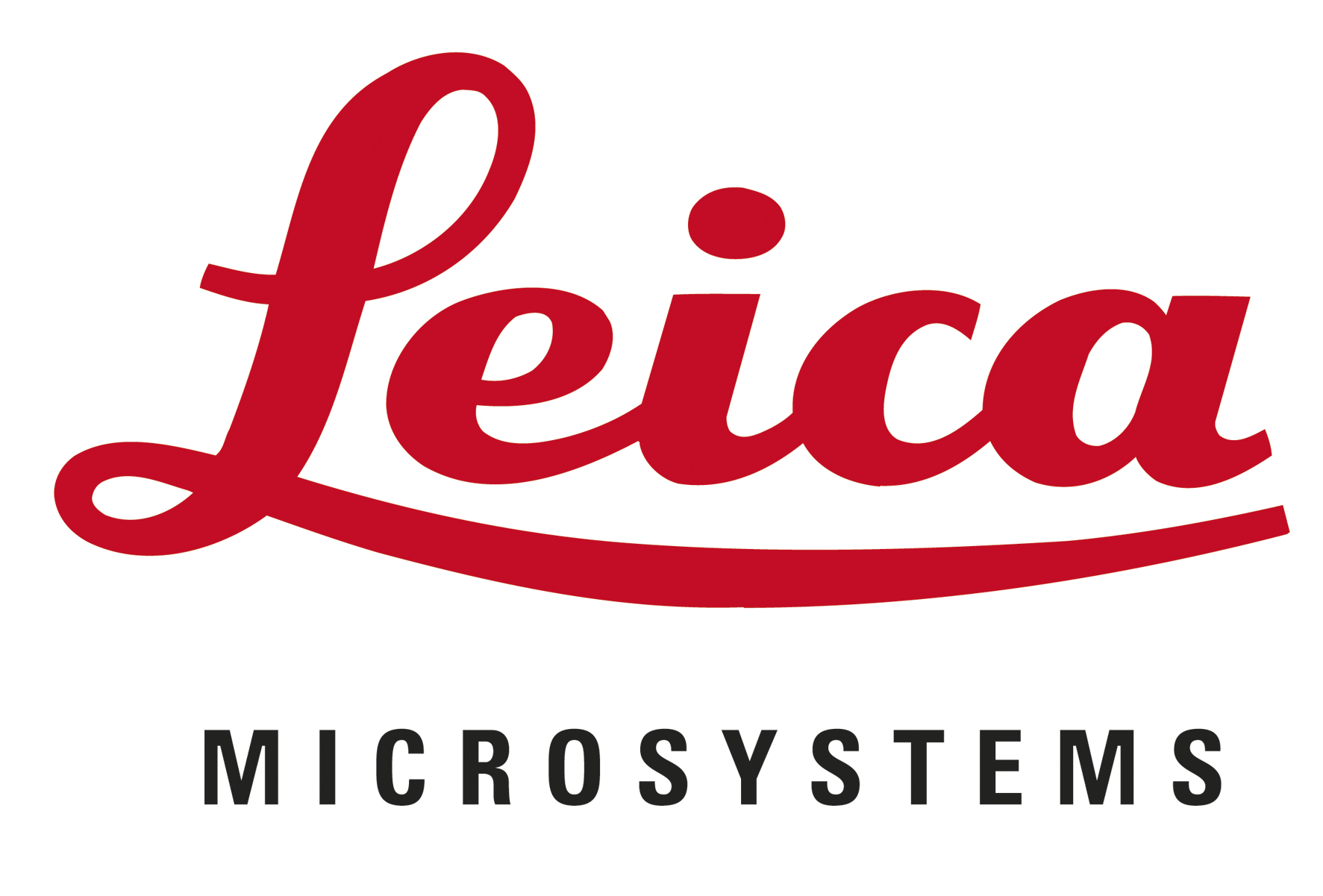


Audit Sponsor
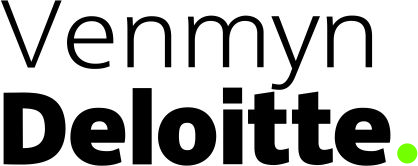

35TH INTERNATIONAL GEOLOGICAL CONGRESS
27 AUGUST - 4 SEPTEMBER 2016 | CAPE TOWN, SOUTH AFRICA
My IGC
Symposium Details
| Title | Description | Convenors |
|---|---|---|
| Evolutionary history of the Indus-Shyok Suture Zone, Ladakh, Western Himalaya | An accretionary prism consisting of sedimentary and volcanic rocks derived from both the plates forms in an orogenic domain represented by subduction of an oceanic plate beneath a continental or another oceanic plate. When an oceanic crust is consumed along a subduction zone, the accretionary prism may be obducted on the continent but in front of the arc. The obducted accretionary prism marks a suture zone made up of ophiolitic me´lange, intercalated with slices of metamorphosed rocks. In the India –Asia convergence zone, the Indus-Tsangpo and Shyok Suture Zones are represented by ophiolites (relicts of subducted oceanic crust) and a palaeo-accretionary prism that record the subduction and closure of the Neo-Tethys Ocean. In addition, the rocks of the Ladakh and Karakoram batholiths are also considered to record, at least in part, the overall geodynamic processes related to opening and closure of the Tethyan sea. Therefore, the various litho-tectonic units of the Trans- Himalayas are, from south to the north, Indus- Tsangpo suture zone, Ladakh batholith, Shyok suture zone and Karakoram batholith. There are different opinions regarding the development and evolution of the Indus Suture Zone (ISZ) and Shyok Suture Zone (SSZ). The big questions are where India ends and Eurasia starts? What was the accretionary history of the Indian and Tibetan plate? Whether they collided in one go or there were several events of accretion and collision? Recent precise geochronological data are available from this region suggest a protracted accretionary history. | Talat Ahmad, Shakil Ramshoo and Meraj Alam |
 Field trips
Field trips  Sponsorship & expo
Sponsorship & expo  Registration
Registration Tours
Tours  Promotion
Promotion 

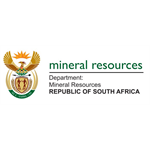












 Conference Programme
Conference Programme  Field trips
Field trips  Sponsorship & expo
Sponsorship & expo  Volunteer
Volunteer  GeoHost
GeoHost  Registration
Registration Tours
Tours  Promotion
Promotion  Publications
Publications


